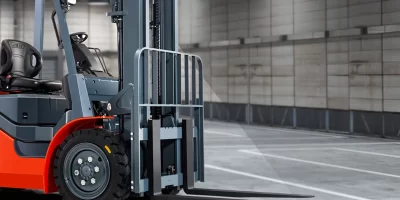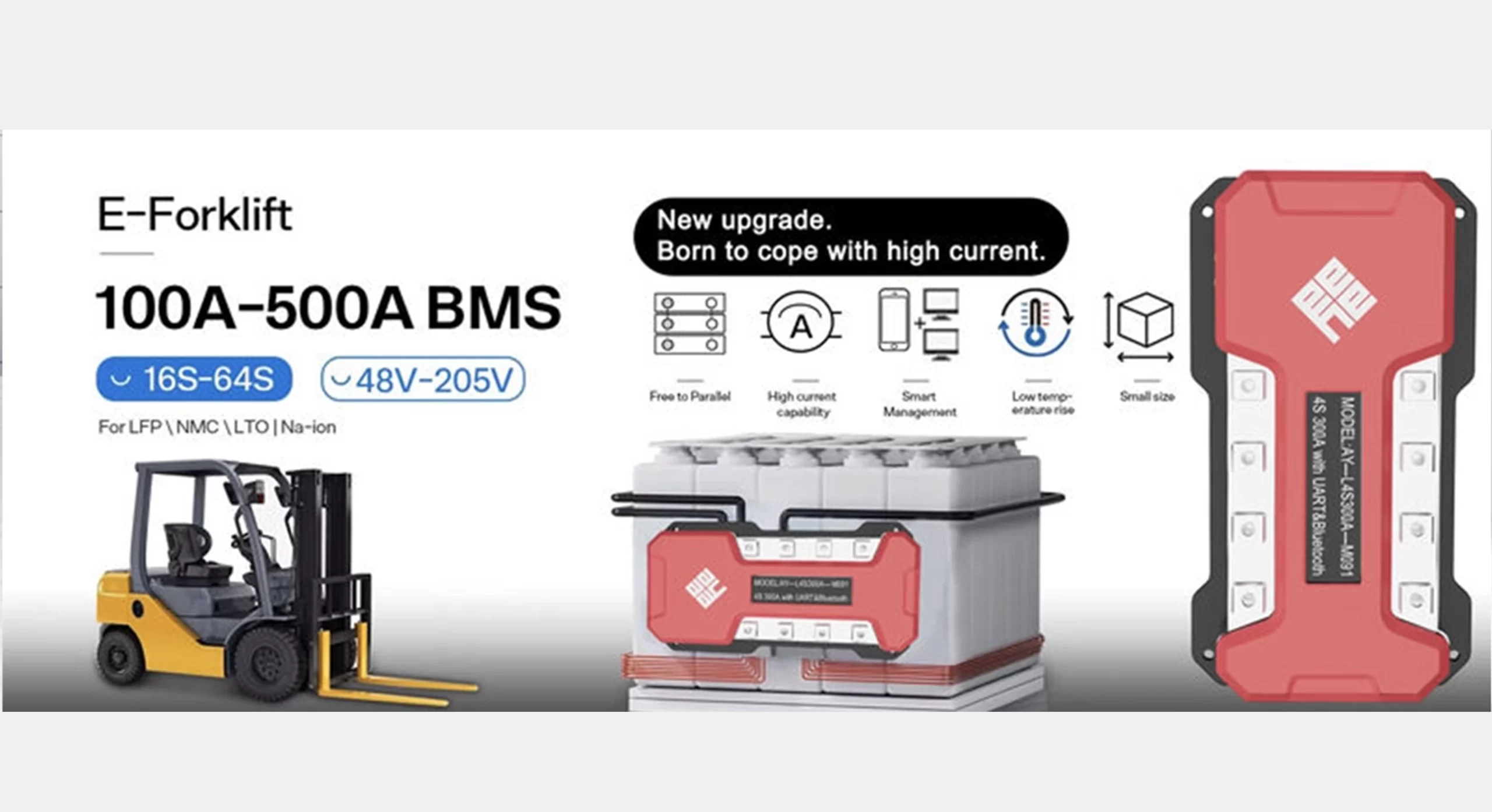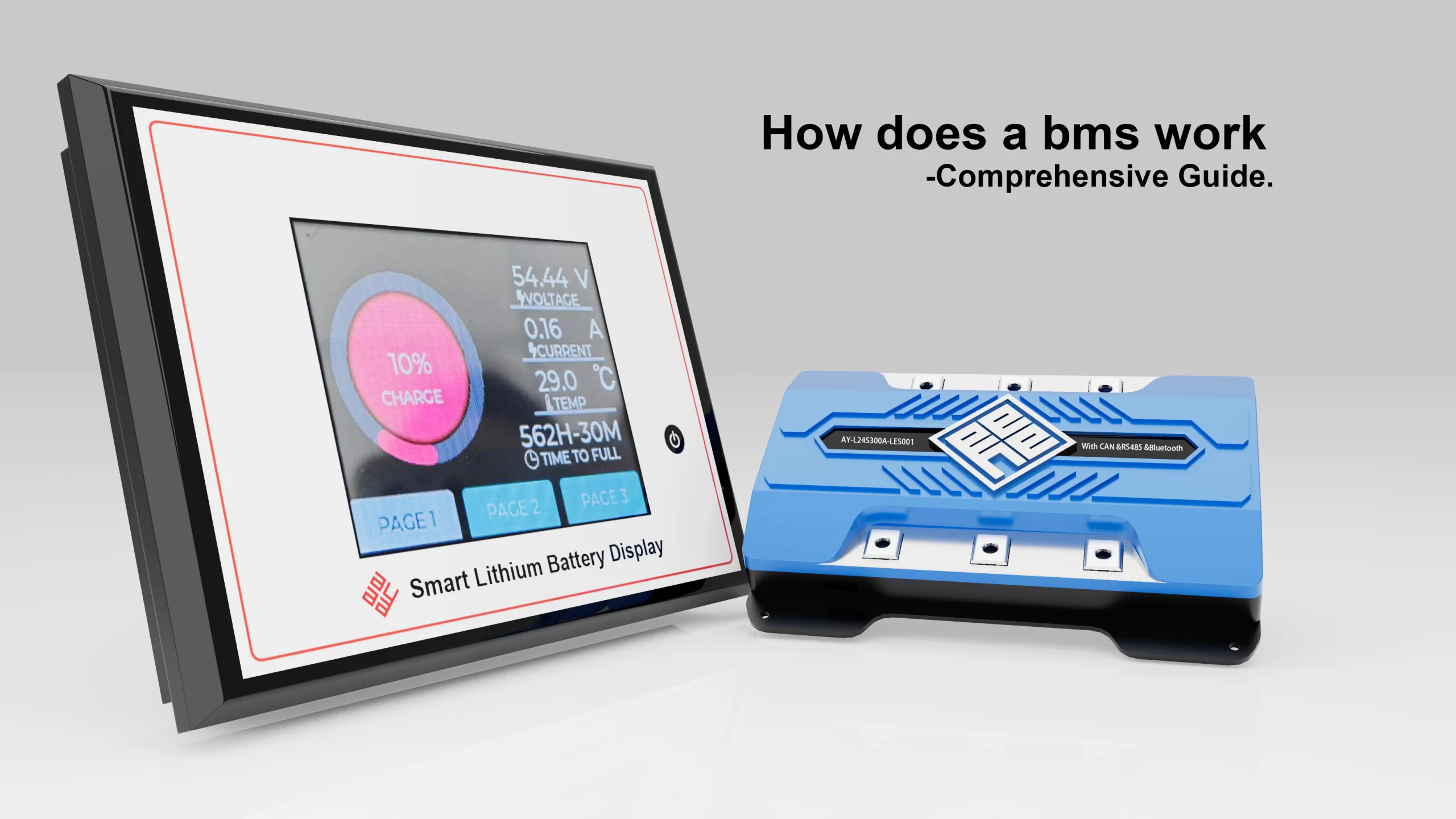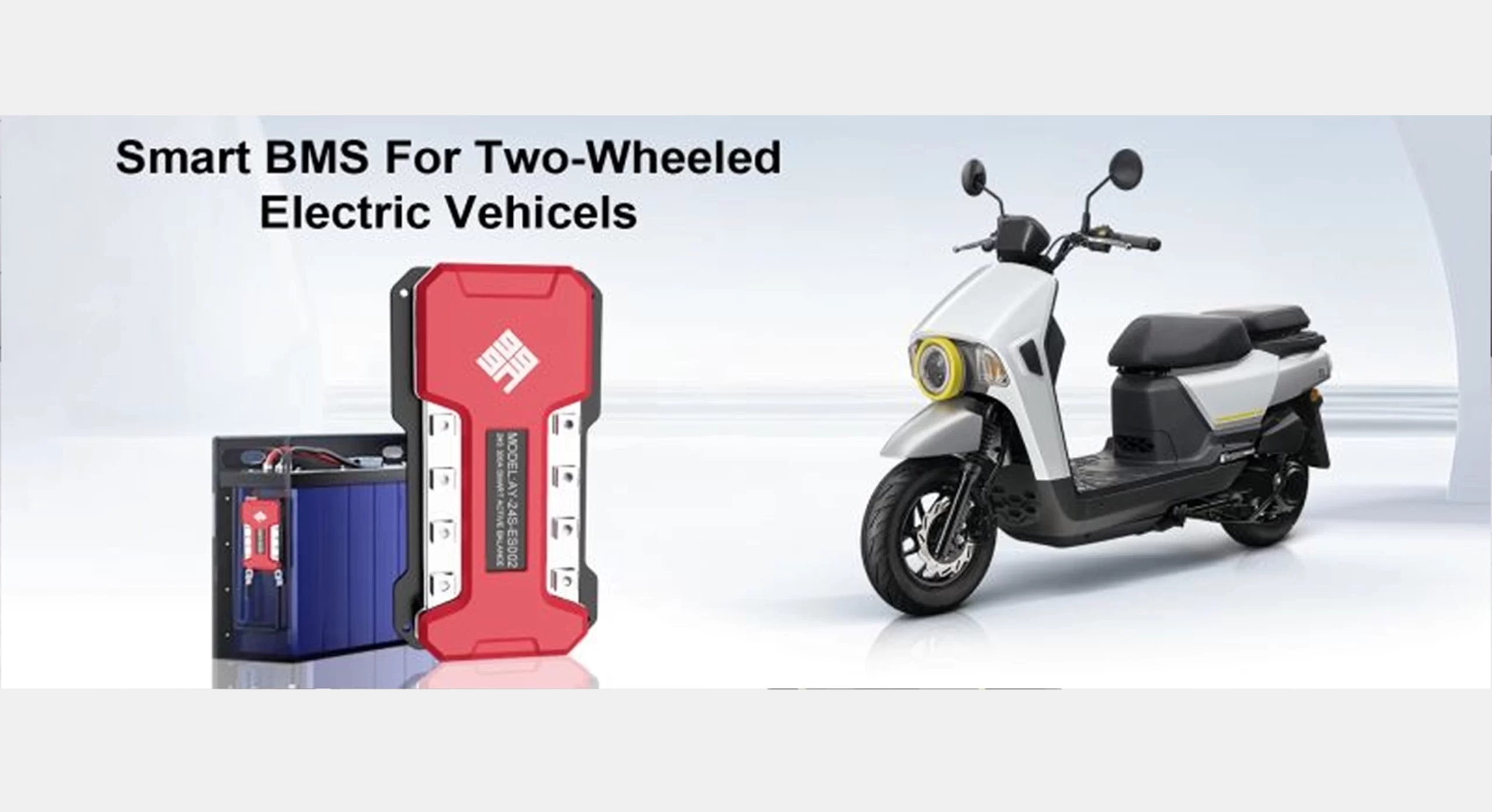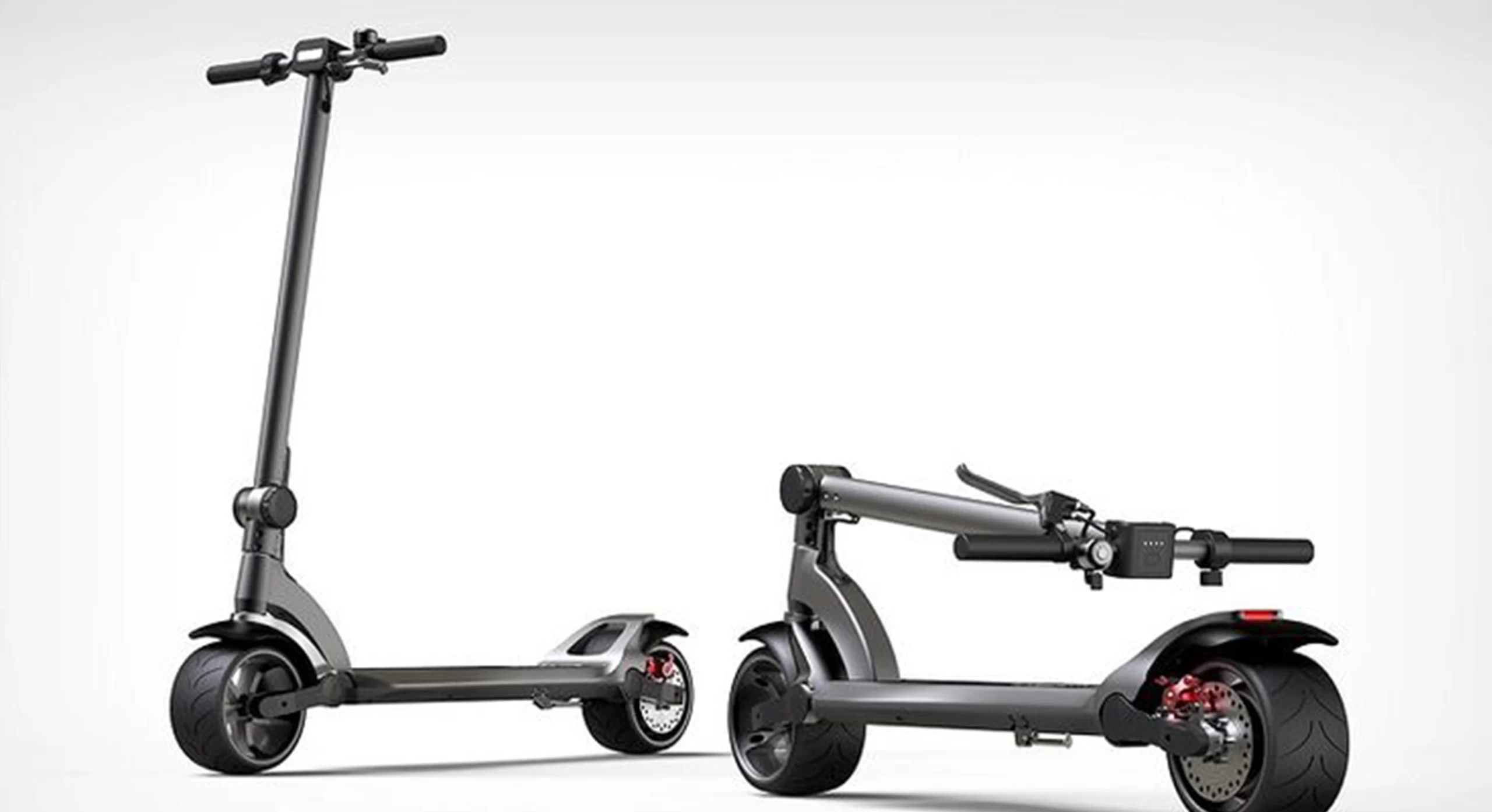ホームページ About Us EVENTS & NEWS Top 5 LiFePO4 BMS Brands Compared: Which One Is Right for You?
Top 5 LiFePO4 BMS Brands Compared: Which One Is Right for You?
Top 5 LiFePO4 BMS Brands Compared: Which One Is Right for You?
Selecting the appropriate LiFePO4 BMS is essential given the growth of off-grid power solutions, electric mobility, and do-it-yourself energy systems. The protection of lithium iron phosphate cells, safety, longevity, and optimal performance are all provided by a LiFePO4 BMS (Battery Management System). We’ll go over the top BMS choices, how to set them up, and what to look for when purchasing one in this tutorial.
Why a Quality LiFePO4 BMS Is Essential
A LiFePO4 BMS’s primary values are control, efficiency, and safety. Your battery could overcharge, deep discharge, or have thermal runaway if your BMS isn’t dependable. Smart features like cell balancing, real-time data monitoring, and protective circuits to safeguard your investment are all included in a high-quality LiFePO4 BMS.
The BMS is the silent protector that keeps everything steady, whether you’re putting together a 12V LiFePO4 battery for an RV or constructing a 48V system for solar storage. By 2025, users expect their LiFePO4 BMS to have sophisticated apps, Bluetooth connectivity, and precise diagnostics.
Understanding LiFePO4 Battery Characteristics
LiFePO4 batteries are favored due to their extended cycle life and flat voltage curve. However, low-temperature charging and overcharging might affect their chemistry. A properly matched BMS is therefore required. It must manage monitoring at the cell level,
Voltage cutoffs and temperature control. Pre-heating features and thermal sensors are crucial for cold-weather operation.
Top 5 LiFePO4 BMS Brands in 2025
The best LiFePO4 BMS choices are contrasted here according to features, performance, and affordability:
| Brand | Voltage Support (12V/24V/48V) | Bluetooth/App | Max Current | Smart Features | Notable Use Case |
| Ayaa Smart BMS | 12V/24V/48V | Yes | 150A | Cloud diagnostics, AI alerts | Solar, EV, marine, DIY packs |
| Daly Smart BMS | 12V/24V/48V | Yes | 100A | Balancing, mobile app | E-bikes, solar banks |
| JBD/Overkill Solar | 12V/24V/48V | Yes | 120A | PC software, detailed logs | RVs, home backup systems |
| ANT BMS | 12V/24V | Yes | 100A | Multiple temp sensors | Battery testing labs |
| Seplos Smart BMS | 12V/24V/48V | Yes | 150A | High configurability | Off-grid solar, UPS systems |
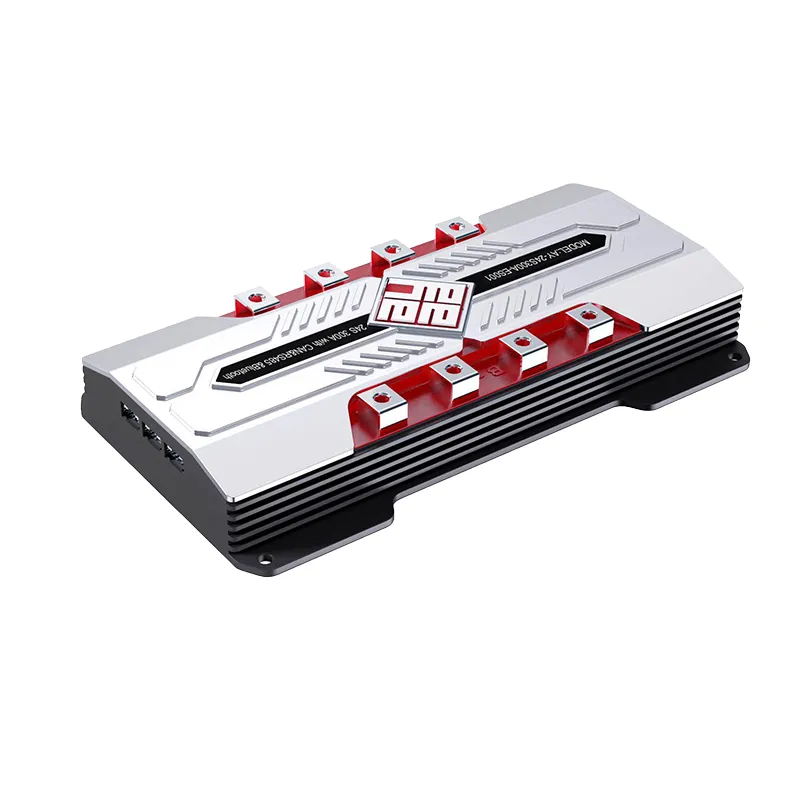
Key Settings and Configuration Tips
It is necessary to properly configure a LiFePO4 BMS. The following are the most important parameters:
- Overcharge Protection Voltage: Set between 3.55V–3.65V per cell.
- Overdischarge Cutoff Voltage: Usually 2.5V–2.8V per cell.
- Balancing Threshold: Often around 3.4V–3.45V.
- Temperature Cutoffs: Stop charging below 0°C and above 50°C.
- Discharge Protection: Stop discharging above 60°C or under freezing.
These days, LiFePO4 BMS apps make it simple to configure via PC or Bluetooth. Always follow the setup instructions provided by the company or read the handbook.
Installing and Wiring a LiFePO4 BMS: Step-by-Step
- Turn off all battery inputs.
- Identify the B- (battery negative) and P- (power negative) terminals.
- Connect balance leads from each cell to the BMS.
- Secure temperature sensors to the battery body.
- Use fuses or breakers for safety.
- Power up and verify the app or display.
Safety Tips:
- Never short the terminals.
- Check wire gauge for current rating.
- Keep the BMS in a ventilated area.
Common Problems and How to Solve Them
- Bluetooth not connecting: Ensure battery is on and app permissions are granted.
- Cell imbalance: Run a full charge cycle or activate the balance function manually.
- Over-temperature warning: Check sensor placement or add cooling.
- No output voltage: Look for wrong wiring or triggered protection.
- Firmware glitches: Update via the app or contact support.
Real-World Applications
- Solar Energy Systems: A LiFePO4 BMS ensures solar batteries are charged safely and prevent deep discharge.
- Electric Vehicles (EVs): Smart LiFePO4 BMS units regulate power output, preventing battery overheating during acceleration.
- Boats & Marine Storage: Bluetooth monitoring keeps battery status visible even in remote locations.
- DIY Off-Grid Builds: The LiFePO4 BMS enables safe home energy storage with real-time alerts.
What’s New in 2025?
The 2025 LiFePO4 BMS market is pushing boundaries:
- AI-enhanced BMS: Systems predict failures based on trends.
- OTA firmware updates: BMS stays current via cloud updates.
- Smart home integration: BMS units connect to IoT systems.
- Modular scalability: Stackable units for large battery packs.
LiFePO4 BMS with dynamic balancing and solar forecasting is anticipated. To meet future demands, businesses such as Shenzhen Ayaa Technology Co., Ltd. are creating sophisticated energy management tools.
Conclusion
Selecting the appropriate LiFePO4 BMS improves longevity, control, and safety. Choosing a BMS from reputable brands guarantees dependable performance whether it’s a commercial energy system or a do-it-yourself pack. Make sure the item meets your voltage and current requirements by examining the specifications and contrasting features.
Don’t ignore support choices or configuration ease. You can power more safely and intelligently with the appropriate BMS.
.
FAQ:
Q: Do I need a BMS with a LiFePO4 battery?
A: An important component of your battery system is a BMS. Without it, your LiFePO4 battery—especially LiFePO4 batteries—may sustain irreversible damage and possibly become dangerous.
Q: Can I use lithium battery without BMS?
A: The following risks are increased when charging lithium batteries without a BMS: Overcharging: Overcharging can cause lithium batteries to burst or catch fire. Cell Imbalance: Some cells may be overloaded while others stay undercharged if there is no active monitoring and balancing.
Q: What are the downsides of LiFePO4?
A: The disadvantages of employing LiFePO4 batteries are restricted energy density, increased cost, slower charging speed, lower discharge rate, and limited temperature range.
Q: What is the BMS cutoff for LiFePO4?
A: Low Voltage Cutoff: LiFePO4 batteries should have a low voltage cutoff of about 2.5 volts per cell. Discharging below this voltage could shorten the battery’s life and harm it.
News Recommend
-
How does AYAATECH BMS work in E-scooters
01/16/2025



